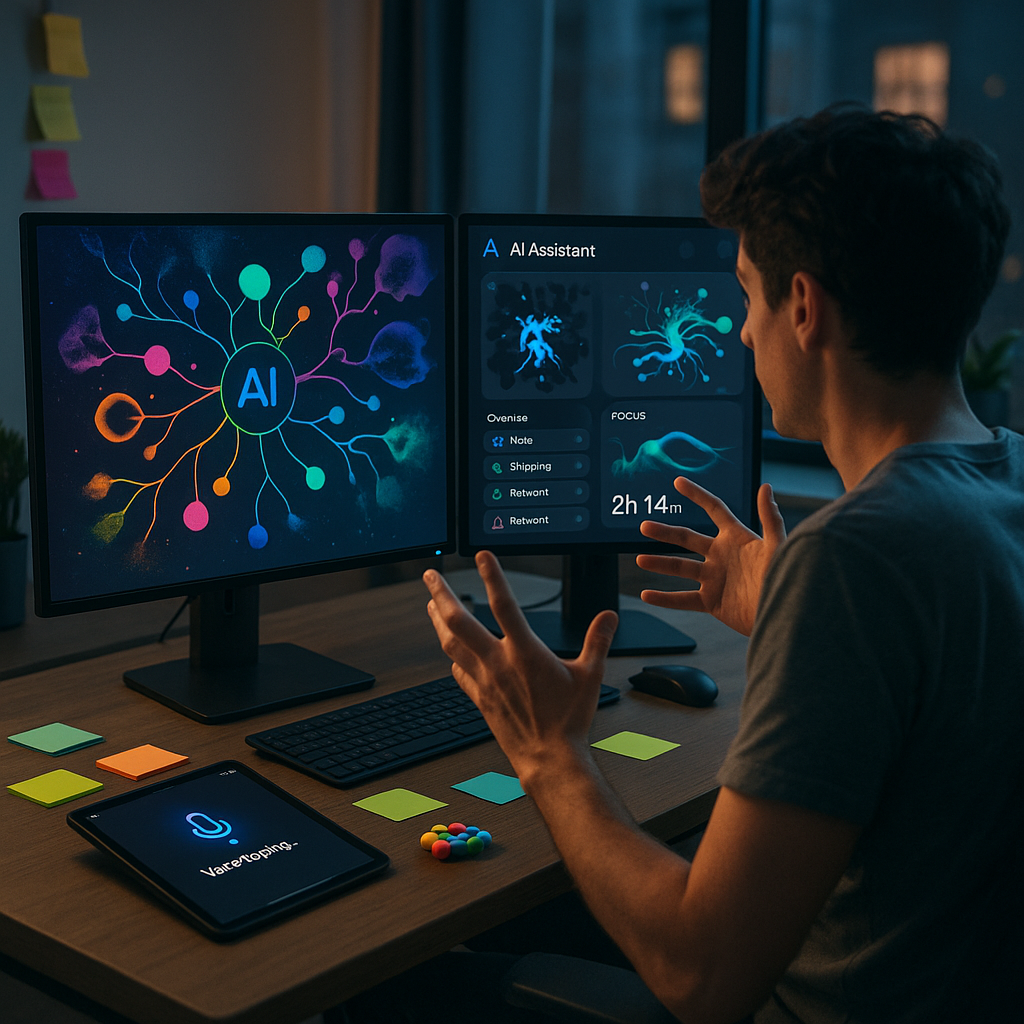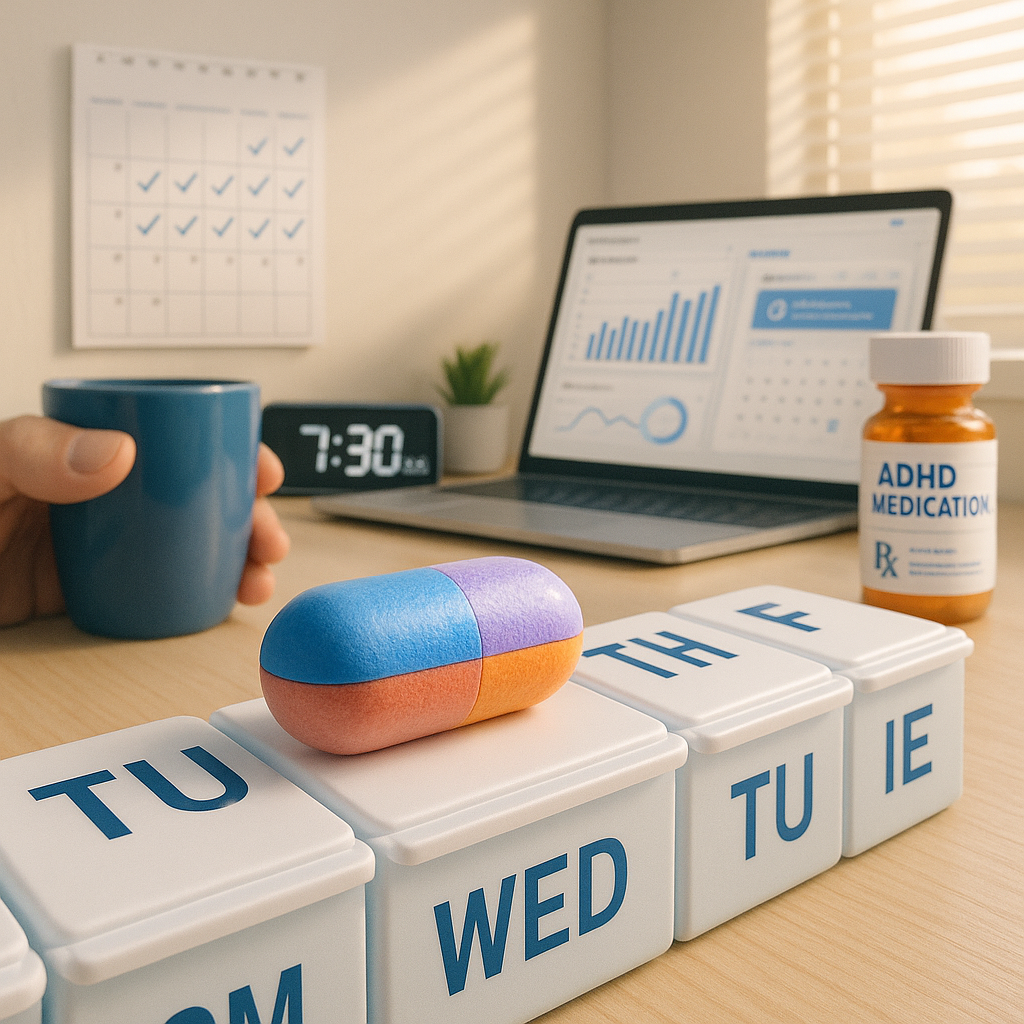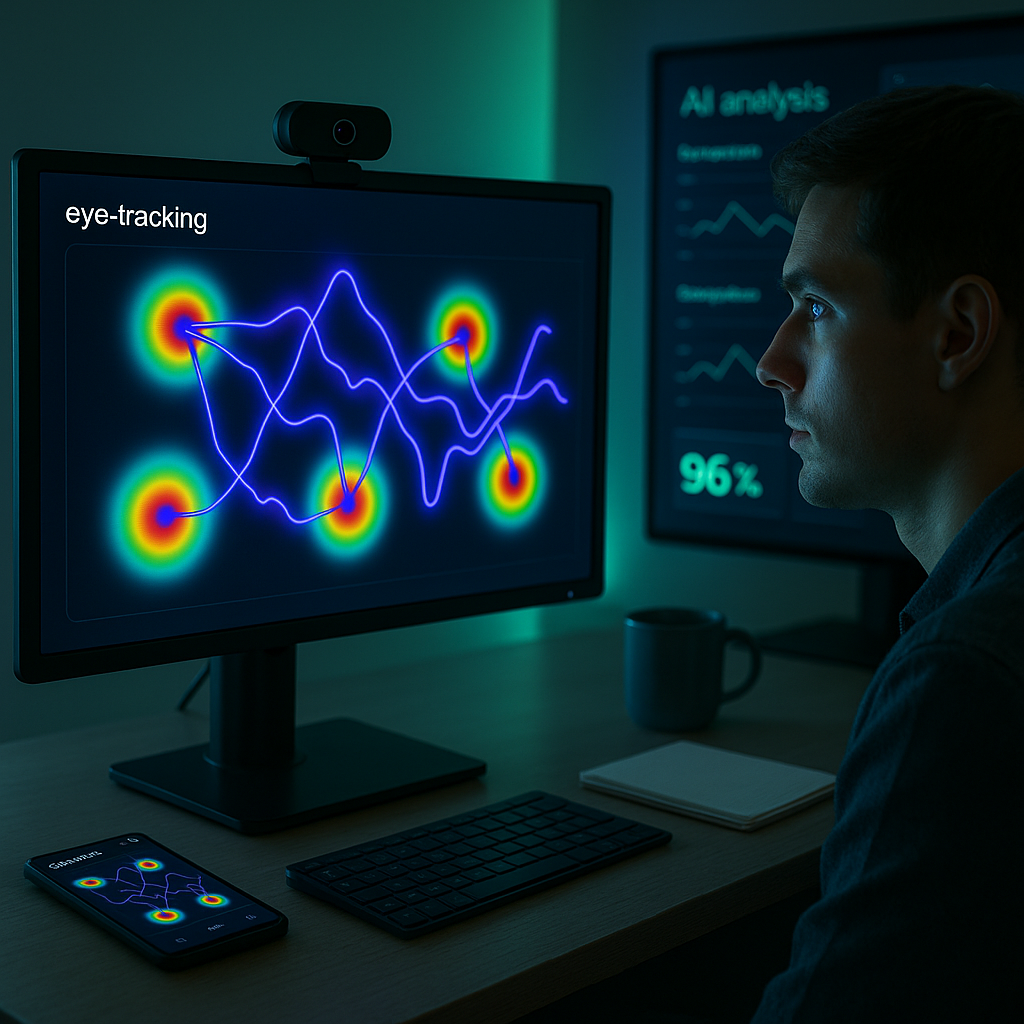Key Takeaways
- Personalized AI assistants unlock focus: Tools tailored to ADHD wiring help users harness hyperfocus and control distractions, turning a former struggle into a strategic advantage.
- Automation reduces overwhelm: Routine tasks and reminders are automated, helping professionals avoid burnout and freeing mental energy for creative, high-impact work.
- Workflows adapt, not people: The latest AI systems accommodate neurodivergent habits, moving away from “one-size-fits-all” approaches to meet users where they are.
- Community-driven solutions gain traction: Lived experience and peer-created resources, such as those from ADHDink, often outperform generic productivity apps by prioritizing authenticity and usability.
- Scalable systems foster sustainable growth: With AI tools, solopreneurs and teams can grow their businesses without multiplying stress or chaos.
- AI innovation is accelerating: Ongoing advances are expected. Customizable AI and automation features are set to redefine neurodivergent productivity tools in the coming year.
Introduction
AI-powered productivity tools are revolutionizing work for ADHD professionals, offering personalized assistants and automated workflows that turn distraction into focus and overwhelm into creative momentum. As solopreneurs and creatives embrace these neurodivergent-friendly solutions, barriers to growth and burnout are being broken down. This enables sustainable business scaling and greater well-being in today’s fast-paced digital environment.
AI Tools That Match ADHD Thought Patterns
AI-powered tools are increasingly adapting to neurodivergent cognitive styles rather than enforcing traditional linear workflows. Dynamic task management systems now recognize that ADHD professionals often think in networks of connected ideas rather than sequential lists.
Motion AI’s recent software update introduces mind-mapping features that capture and organize rapid-fire thoughts in real time. The system automatically categorizes related concepts and creates visual connections, enabling users to leverage their natural associative thinking.
Sarah Chen, a software developer with ADHD, stated that these tools complement her work style because she can input all her ideas without worrying about structure. The AI helps her find patterns she might have missed while preserving her creative flow.
Personalized Focus Support
Advanced machine learning algorithms now detect individual focus patterns and adjust workspace settings accordingly. During hyperfocus periods, these systems automatically minimize distractions while maintaining essential notifications for time-sensitive tasks.
The latest iteration of FocusFlow AI tracks natural productivity rhythms and suggests optimal times for different types of work. Marketing strategist James Rodriguez explained that it feels like having an assistant who truly understands when he is in the zone and when he needs a break.
Professionals in creative fields benefit from these tools, as traditional time-blocking methods often fall short. The AI adapts to spontaneous bursts of inspiration while keeping long-term projects on track.
Task Initiation and Time Management
New AI assistants break down complex projects into smaller, more manageable steps based on individual working styles. Context-aware prioritization helps users identify their next actions without becoming overwhelmed by the total scope of tasks.
TimeSync’s neural network analyzes past completion patterns to provide realistic time estimates for similar tasks. This feature helps professionals like architectural designer Maya Patel better manage client expectations, since the AI considers tendencies such as hyperfocusing on details. The result is more accurate project timelines.
These systems also incorporate flexible deadline management, adjusting schedules automatically when tasks take longer than anticipated. This flexibility reduces anxiety often associated with rigid planning systems.
Communication and Organization Assistance
AI-driven communication tools aid professionals in maintaining organized records without disrupting natural conversation flows. Smart categorization systems automatically sort and tag information from various channels, making it easy to retrieve when needed.
Voice-to-action technology converts verbal notes into structured task lists, preserving spontaneous ideas and ensuring they are not forgotten. Content creator Alex Thompson noted that these tools capture thoughts exactly as they arise and help transform them into actionable items.
Contextual reminders recognize when users are most receptive to different types of information, improving follow-through on commitments without creating alert fatigue.
Conclusion
AI productivity tools are evolving to fit how ADHD professionals think and work, transforming previously challenging processes into opportunities for growth. By adjusting to individual focus patterns and creative surges, these systems provide users with greater flexibility and clarity across projects. What to watch: upcoming software updates may further expand adaptive features, tailoring workspaces even more closely to the diverse needs of neurodivergent professionals.





Leave a Reply